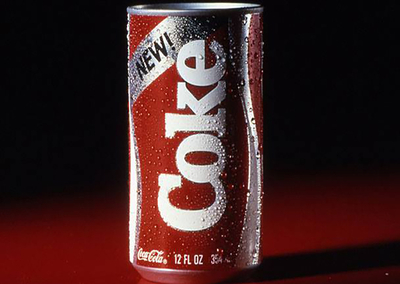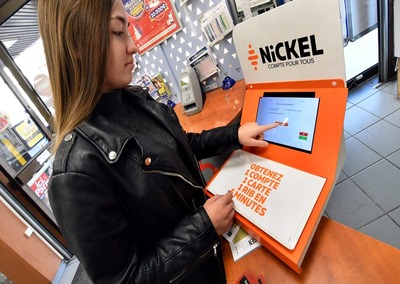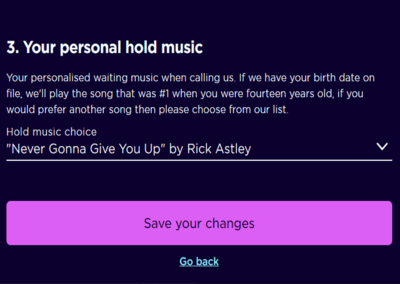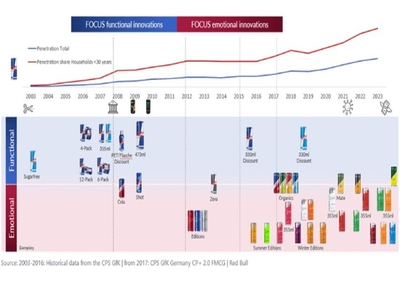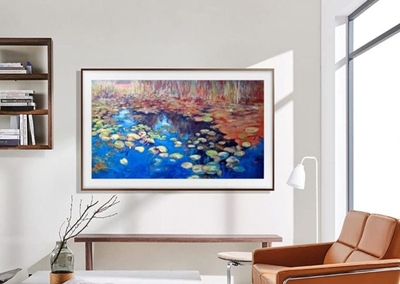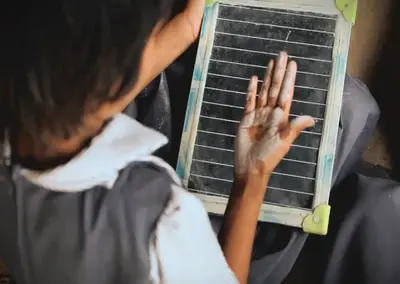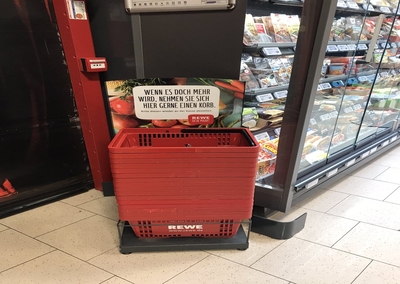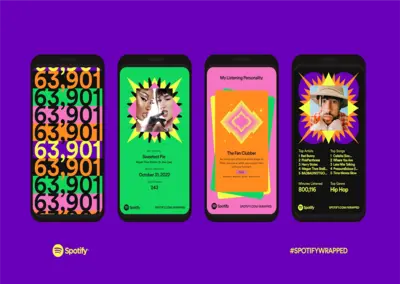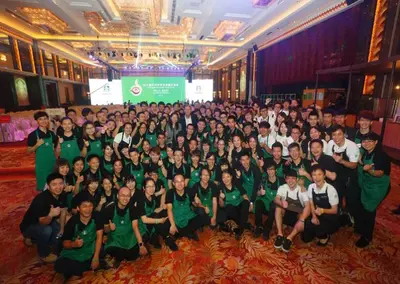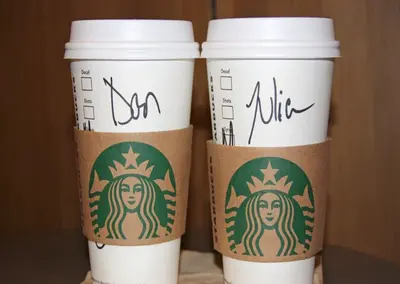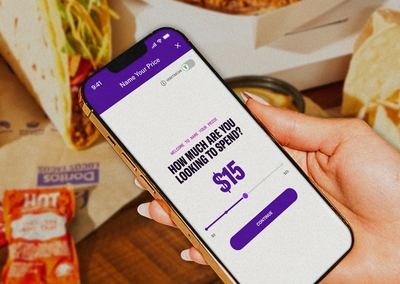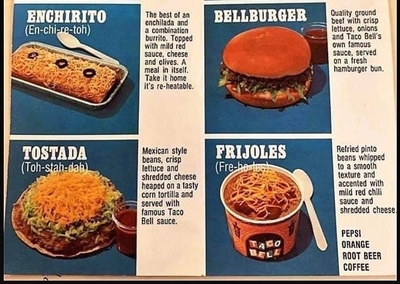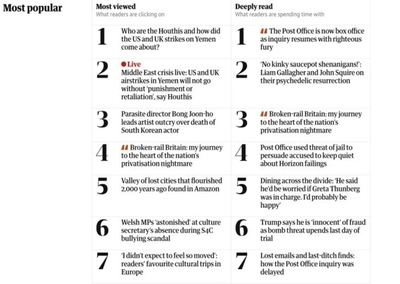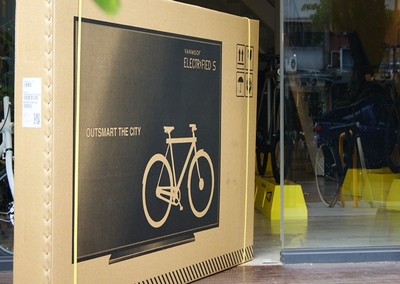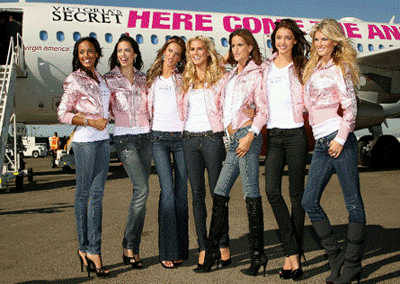In 1985, thousands of blind taste tests showed that consumers preferred a new, sweeter formulation of Coca Cola. The company took this at face value, replacing the original Coca Cola with a new drink using the sweeter recipe. But the ensuing backlash to New Coke shows the limitations of objective thinking. Insiders forgot that, in the real world, people don’t consume drinks blindfolded. The data ignored the strength of the original Coca Cola brand.
Innovation
Nickel, a French bank, wanted to provide financial services to low-income people but couldn’t afford to open branches everywhere. So the company used corners of existing cafés and tobacconists, which not only saved money but also provided instant reach and scale. Nickel now has 7,500 of these points of sale as well as 2.5 million customers.
No one likes being put on hold, so Octopus energy makes it slightly more enjoyable by playing the song that was no.1 in the charts when the customer was 14 (based on the date of birth on the account).
A decade of innovation around special flavours has boosted Red Bull’s penetration and increased overall sales by 9%. They’ve also helped to position the brand differently: now, 1 in 4 Red Bull drinking occasions are because it is “fun to drink”.
Samsung’s new product enabled customers to display artwork or photos when it wasn’t in use, reframing it from an item that took up unnecessary space to a key part of the decor. Suddenly, the conversation was around what you want to display in your living room, rather than the maximum TV size you found acceptable.
To address the issue of children in India not washing their hands with soap, Savlon created Healthy Hands Chalk Sticks. So when children put their hands under the tap before lunch, the chalk powder on their hands turned into soap on its own – a great example of starting a new behaviour off the back of an existing habit.
Rewe, a German supermarket, places baskets at the back of stores for people who have picked up too much to carry in their hands.
A fun nostalgia trip? Or a year long surveillance campaign?
Foreign companies struggle in China because their jobs don’t always fit into the traditional notions of stable careers. So Starbucks found a creative solution to keep employees’ families happy, hosting “Partner Family Forums” in the cities of Beijing, Shanghai, Guangzhou and Chengdu, with over 1,000 families attending.
In 2012, Starbucks baristas started to write the name of the customer on the side of their cups. Yes, a bit of extra hassle. But a more personal and memorable experience in return.
The Taco Bell app has a feature that asks you how much you are willing to spend, and creates a combination of items accordingly. A smart innovation that saves consumers having to do mental maths.
In the early days of Taco Bell, Americans didn’t know how to pronounce Taco. So the company included phonetic spelling on all menus.
The newspaper recently released a new way of showing content popularity: the articles people are spending the most time with. A nice way of demonstrating quality, and an antidote to clickbait headlines.
When bike maker Van Moof started shipping to the US they found a lot of their bikes were being damaged by handlers en route. So they put an image of a flat screen TV on every box, assuming handlers would care more about that than a bike. Suddenly shipping damages dropped by 80%.
With the goal of “putting glamour back in the sky” but with insufficient money to launch a traditional advertising campaign, Virgin Airlines used the plane itself as a source of publicity; hosting a Victoria Secret’s pyjama party during a flight, and featuring an advanced screening of the HBO TV show Entourage. The constraint brought originality and freshness that a normal campaign would have lacked.

